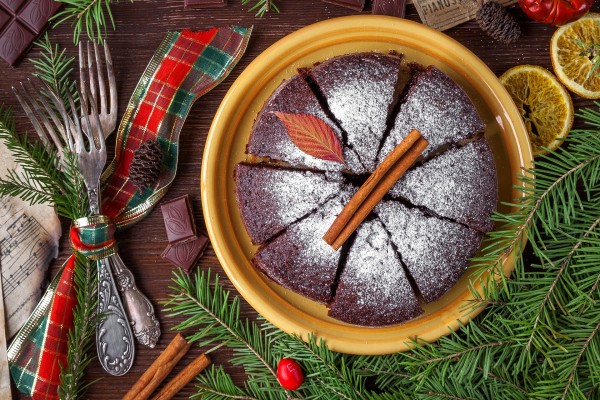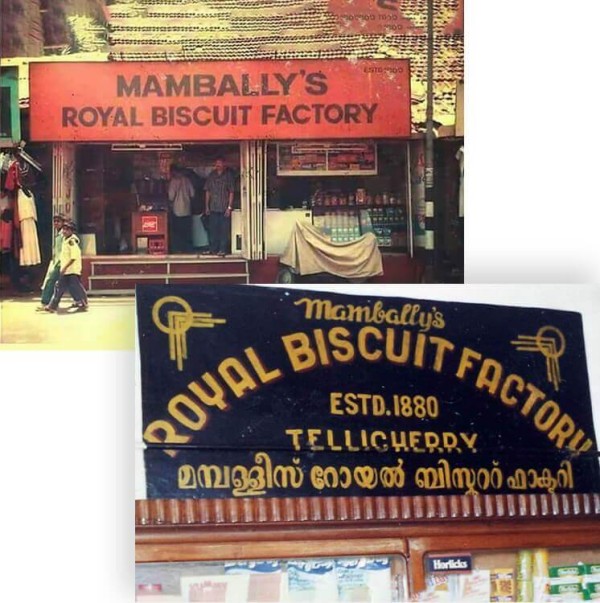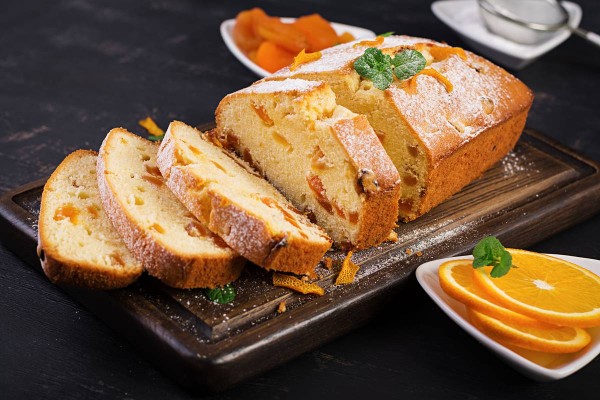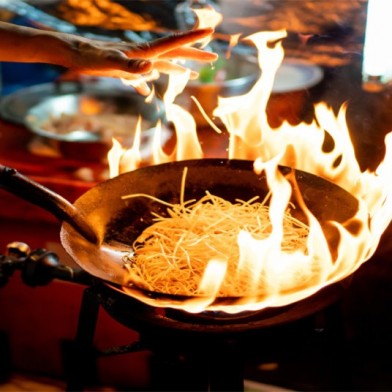With the onset of the merry season, bakeries across India unfold a flurry of activities. The workers shuffle their shelves and make space for the much-anticipated plum cakes, which will soon be flying across the rooms into the bags of frequenting customers. While the ovens run in full gear in the bakery, the nearby stores witness a similar event. Dry fruits and rum sales soar with local bakeries and home cooks prepping to bake the decadent cake.
While baking usually takes place the week of Christmas, the ‘cake mixing’ occurs weeks or sometimes months in advance. Large containers hold a medley of walnuts, almonds, pistachios, candied fruits, raisins, tutti frutti, prunes, dried figs, cherries, cinnamon, nutmeg, cloves, and ginger peels. The colourful assortment is then drowned in litres of rum or brandy. Several organisations and communities across India hold an annual ‘cake mixing’ event where people across town come together and mix the said ingredients in large quantities.

India has a long history with Christmas cakes - and each region has its own unique twist on the holiday special.
There is a strong presence of the Christian community in Mangalore owing to the migration of Roman Catholics from Goa around the 16th century. While Christmas wasn’t particularly celebrated in my household, I had the luxury of joining the celebrations within the community. Bags of kulkuls (fried dough curls), rose cookies (named after their floral design), guliyo (rice marbles), rice laddoos, nevries (empanada lookalike stuffed with coconut, cashews, raisins, cardamom, and semolina), and plum cakes changed hands amongst neighbours and friends, taking a seasonal residence in our lives and pantries.
I had a love-hate relationship with the spice-laden cake, favouring the fried treats, chicken samosas, mutton stews, and biryani over the much-abundant dessert. While I chanced upon a good home-baked batch sometimes, most store-bought cakes seemed a bit dry back then. Over the years, bakers have taken it upon themselves to transform these cakes into divine goodness. When done right, a plum cake will have each bite filled with the rich flavour from the rum-soaked dry fruits and spices. Now, along with my pantry, they have also settled down my waistline.
Along with rum-infused raisins, the cake holds a slice of history. The story goes back to 1883 when Murdoch Brown, a British planter walked into a bakery called ‘The Royal Biscuit Factory’ in Thalassery, Kerala. The bakery was owned by a trader, Mambally Bapu, who had mastered the art of baking biscuits, breads and rusks during his time in Burma. Brown offered him a slice of the plum cake he had brought from England and asked him to recreate the same. Along with a few ingredients, Brown gave him instructions to use a French Brandy available in Mahe, a French settlement in Pondicherry. To avoid making that journey, Bapu used a local liquor made from cashew apples and bananas, ultimately creating the iconic Plum Cake. The story goes that Brown was so impressed with the flavour of the cake that he ordered a dozen more. The Royal Biscuit factory continues to shell out decadent plum cakes and has expanded its business to various parts of Kerala.

The Royal Biscuit Factory, a key site in the history of Christmas plum cakes in India. Image: Mambally's
Allahabad, now known as Pragyaraj, in Uttar Pradesh, was under the thumb of British rule from 1765 and its still-standing architecture and city planning is a testament to that. Bushy’s Bakery in Allahabad encouraged its customers to bring their preferred ingredients, and the cake would be made on order, a tradition that has continued for decades. According to the locals, around 1963, the owner of the bakery, Mohammed Aslam, under the guidance of Lady Barnett, baked a cake using Petha (a dessert made from ash gourd) along with Murabba (local marmalade), ghee and spices. Now, the cake goes by the name Allahabadi cake and attracts a beeline of customers from all over the state.
Much like Mohammed Aslam and Mumbally Bapu, bakers across India have taken the traditional recipe of the cake and merged them with local ingredients and creative flair to devise their versions of the Christmas cake. Additionally, the variations are shaped by history and communities and are known as fruit cake and rum cake.
In the Union Territory of Pondicherry, Vivikam cake uses a Creole recipe with roasted semolina, ghee, candied orange, nuts and raisins, and a whole lot of alcohol that adds the bonus of extending the shelf life of the cake. Along with Bebinca (a layer cake), Baath cakes feature on the Christmas table in Goa. For these cakes, instead of flour, semolina is used along with finely grated coconut, resulting in a subtle coarse texture.

Vivikam cake is made using semolina and finely grated coconut.
In many households in Kolkata, Christmas is incomplete without a trip to Nahoum’s, a Jewish bakery in New Market that has been slinging Christmas cakes since 1902. Their rich fruit cakes and light plum cakes attract a never-ending queue of visitors.
Kochi, another city in coastal Kerala, is home to Pandhal Cake Shop. Famous for its Mattanchere Spice Plum Cake, the bakery created this cake 40 years ago as a tribute to the coveted Mattanchere spice market. The preparations start months in advance, and the cakes go through a double maturing process. It starts with stewing the dry fruits in wine, honey-infused raisins, lemon rinds, candied orange peels, and ginger peels in a traditional golden Varp (bell metal stewing vessel). The cake is baked months in advance with the infamous spices folded in. The plump dry fruits do their magic, and the juices seep through while maturing the flavour-packed cake.
Across many households in India, you will find a closely guarded recipe that seldom leaves the house but is passed down to following generations. Simply put, place Christmas and plum cakes in a Venn diagram and you will be left with an eclipse.
- Asia Media Centre



